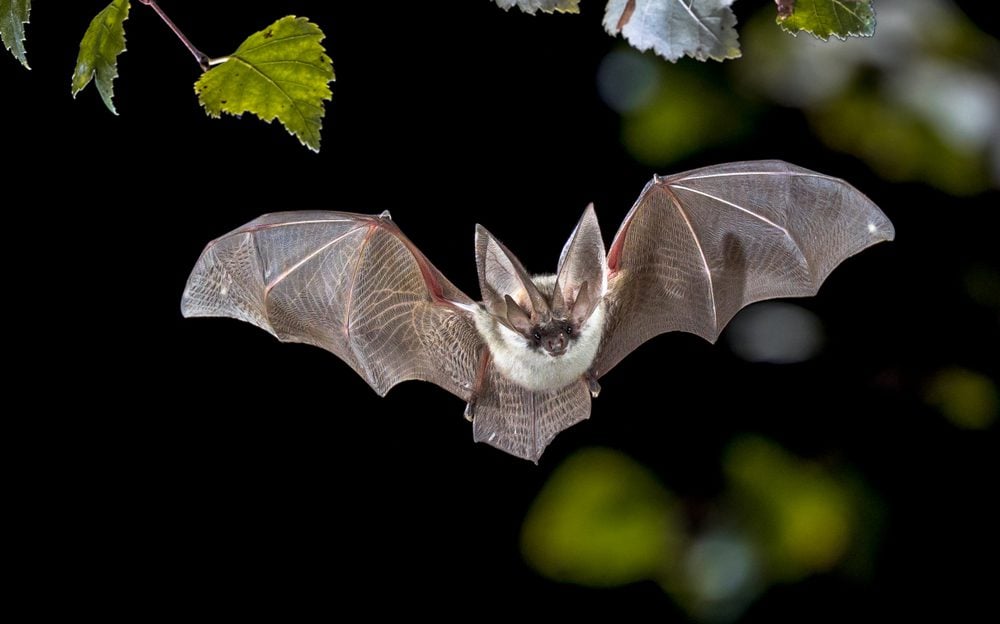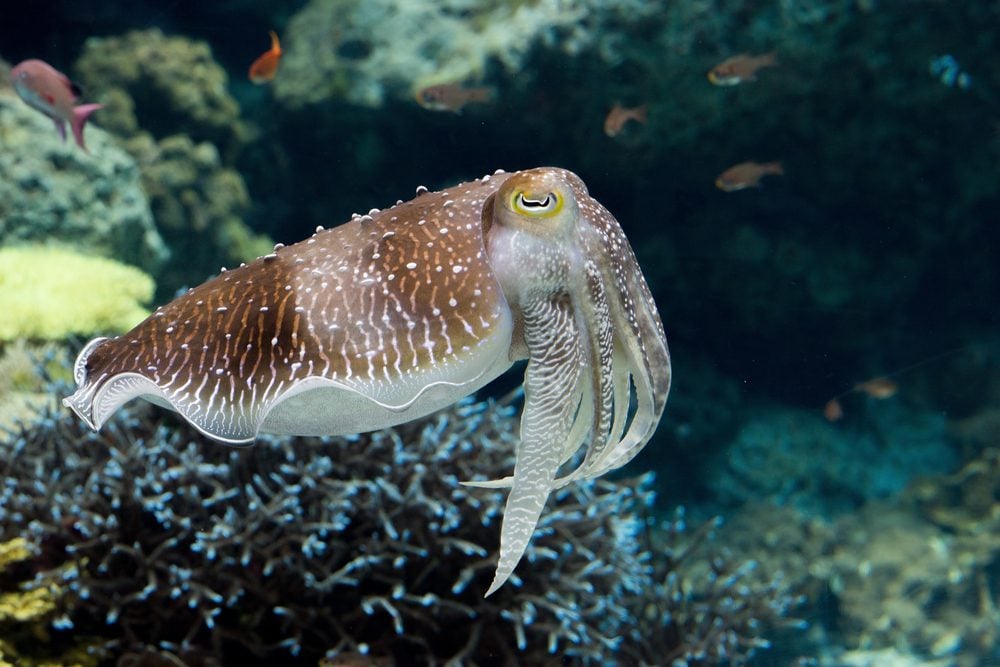Sensory Marvels: 5 Unique Animal Senses Absent In Humans
Humans may boast sophisticated senses honed through evolutionary processes, but the animal kingdom holds a plethora of sensory abilities that surpass our own. Let’s delve into five remarkable senses found in animals that elude human perception.

1. Bio-Sonar Navigation
Echolocation, often referred to as biological sonar, is a remarkable sensory capability present in specific animals. This ability allows creatures to discern their surroundings by emitting and receiving reflected sound waves. While humans primarily rely on vision, bats, dolphins, whales, and certain rodents utilize echolocation for diverse purposes such as locating prey, navigating complex environments, and social interaction.
2. Earth’s Magnetic Field Navigation
Magnetoreception is a biological phenomenon that allows animals to detect and use Earth’s magnetic field for orientation and navigation. Animals like red foxes, cows, deer, butterflies, fruit flies, and sea turtles possess this unique sense. Foxes, for instance, “see” Earth’s magnetic field as a patch in their vision, assisting in catching prey hidden beneath snow or grass. For migratory species like butterflies and sea turtles, magnetoreception is crucial for navigating lengthy migrations.
3. Heat Vision in the Infrared Spectrum
Infrared vision, the ability to perceive infrared light or radiation, is exclusive to certain animals, primarily cold-blooded species. Creatures like mosquitoes, bedbugs, goldfish, salmon, bullfrogs, and some snakes can sense infrared light, which is invisible to the human eye but felt as heat. This adaptation aids in tasks such as hunting, navigation, and environmental awareness.
4. Polarized Light Perception
Polarized light vision is a sensory adaptation enabling animals to detect hidden patterns, granting advantages in tasks like hunting, navigation, and communication. Unlike humans who need sunglasses to block glare, animals like honey bees, ants, crickets, cephalopods, and certain fish possess photoreceptors evolved to naturally detect polarized light. Cuttlefish, with the best polarized vision in the animal kingdom, utilize this sense for hunting and survival, despite being colorblind.

5. Electric Field Detection
Electroreception is a sensory skill that enables certain animals to detect electric fields produced by nerve and muscle activity. Unlike humans who heavily depend on sight, animals such as sharks, dolphins, rays, and specific bony fish utilize electroreception for hunting in environments where visibility is limited, like dark caves or murky waters. Additionally, exceptions like the platypus, roaches, and bees can detect the electronic fields surrounding flowers.
In conclusion, while humans may excel in certain sensory domains, the extraordinary abilities found in the animal kingdom showcase the diversity and complexity of nature’s sensory adaptations.
